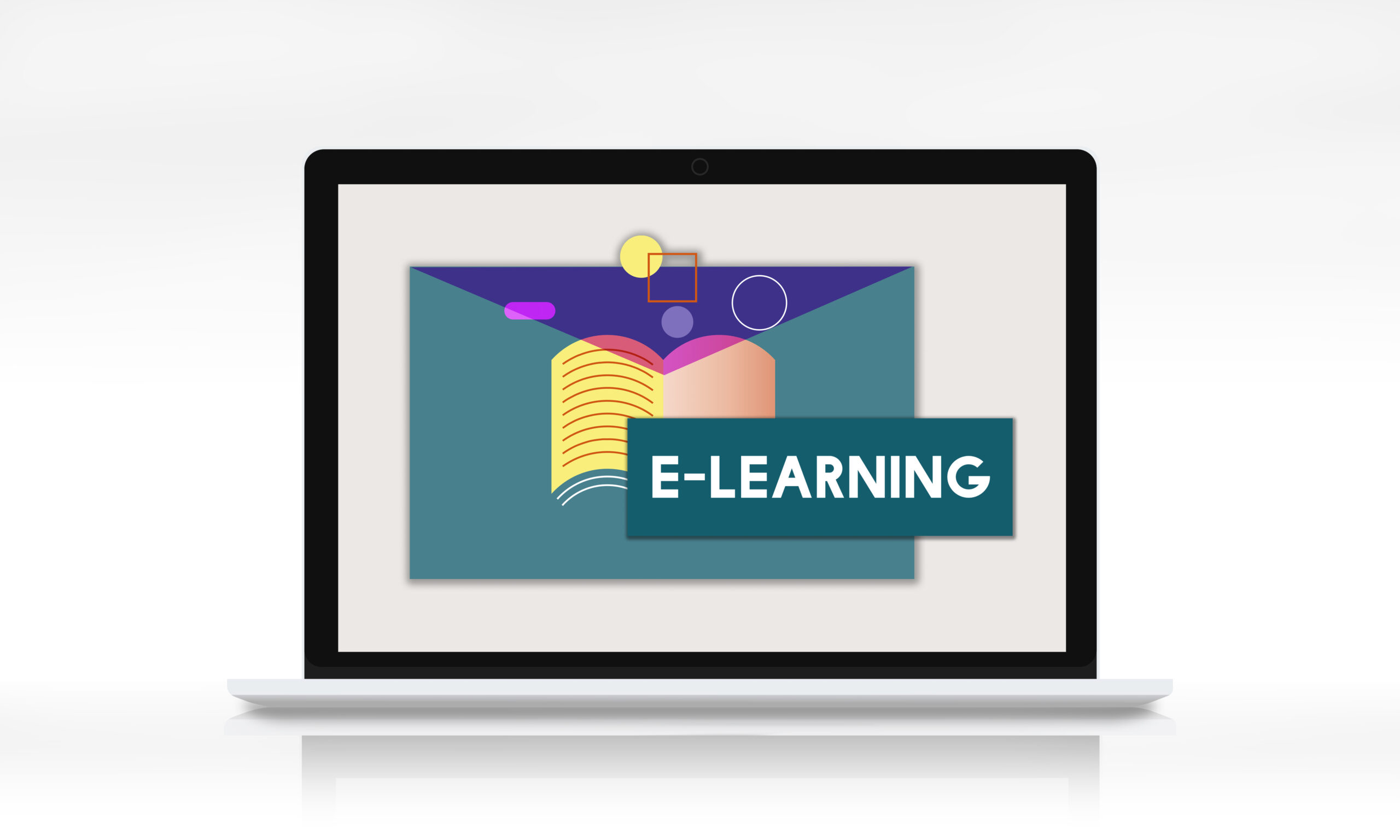
Introduction to Microlearning:
Define microlearning as a pedagogical approach that delivers small, focused units of
content to learners.
Microlearning, a dynamic pedagogical strategy, breaks down traditional learning into bite-
sized, focused modules tailored for rapid consumption. Delivering targeted information,
microlearning accommodates short attention spans and aligns with modern lifestyles.
Whether through brief videos, interactive quizzes, or succinct reading materials, this
approach optimizes knowledge retention and adapts seamlessly to learners’ busy
schedules, offering a flexible and efficient alternative to conventional educational formats.
Highlight its contrast to traditional, lengthy learning formats.
Bite-Sized Content Delivery:
Emphasize the brevity of microlearning, focusing on delivering concise, targeted
information.
Applications Across Industries:
Microlearning is employed across diverse industries, from corporate training to academic
settings.
Provide examples of successful microlearning implementations.
Adaptive Learning and Personalization:
Microlearning allows for adaptive learning experiences, tailoring content to individual
needs.
The role of personalization in enhancing engagement and knowledge retention.
Mobile-Friendly and On-Demand Learning:
the mobile-friendly nature of microlearning, allowing learners to access content anytime,
anywhere.
the advantages of on-demand learning in the context of busy lifestyles.
Enhancing Employee Training:
Microlearning is transforming employee training programs, focusing on skill development
and continuous learning.
Gamification in Microlearning:
gamification elements enhance microlearning experiences, making them more engaging
and enjoyable.
the role of quizzes, badges, and interactive elements in reinforcing learning objectives.
Quizzes, badges, and interactive elements play a pivotal role in reinforcing learning
objectives. Quizzes engage learners actively, badges provide tangible recognition, and
interactive elements ensure dynamic participation. These gamification components not
only enhance retention but also foster motivation and a sense of accomplishment,
promoting a more effective learning experience.
Metrics and Measurement of Effectiveness:
key performance indicators (KPIs) and metrics are used to measure the effectiveness of
microlearning.
organizations track engagement, completion rates, and knowledge retention.
Cost-Effectiveness and Scalability:
Highlight the cost-effectiveness of microlearning, emphasizing its scalability for large
audiences.
organizations can deliver consistent training across diverse teams.
Future Trends and Innovations:
Explore emerging trends and innovations in microlearning.
Emerging trends in microlearning showcase its dynamic evolution. Artificial intelligence
(AI) is elevating personalization, tailoring content to individual needs. Virtual and
augmented reality are transforming microlearning into immersive experiences, enriching
engagement. Gamification is evolving with advanced features, making learning even
more interactive and enjoyable. Social learning platforms are fostering collaborative
communities among learners. As technology continues to advance, microlearning stands
at the forefront of innovation, offering a flexible and adaptive approach that aligns
seamlessly with the ever-changing demands of modern learners and the evolving
landscape of education.

